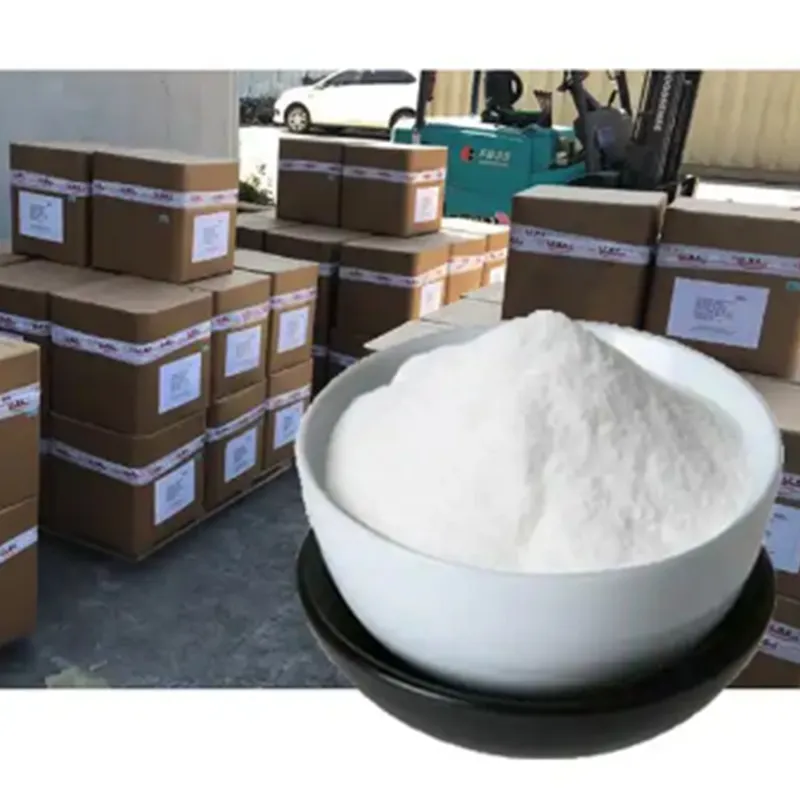
glacial aceticacid
Glacial Acetic Acid An Essential Chemical Compound
Glacial acetic acid is a highly concentrated form of acetic acid, characterized by its pure, colorless liquid state and a sharp, pungent odor. This interesting compound plays a crucial role across various industries, including food production, chemicals, and pharmaceuticals. Its signifier, glacial, refers to the fact that it solidifies at temperatures below 16.6 °C (62 °F), forming ice-like crystals, which is a distinctive feature when compared to other forms of acetic acid.
Properties and Characteristics
Glacial acetic acid is a simple carboxylic acid with the chemical formula CH₃COOH. Its molecular structure consists of a methyl group attached to a carboxylic functional group, giving it unique chemical properties that enable it to engage in various reactions. The compound is hygroscopic, meaning it can absorb moisture from the air, and it has a high boiling point of 118 °C (244 °F), making it a versatile solvent for numerous applications.
One of the significant properties of glacial acetic acid is its ability to form hydrogen bonds, leading to high viscosity compared to typical solvents. This property enhances its efficacy as a solvent in many organic reactions. Furthermore, when diluted, acetic acid remains an important acid for various biological systems, showcasing its relevance in both industrial and laboratory settings.
Industrial Applications
The industrial applications of glacial acetic acid are vast and varied. It serves as a key raw material in the production of various chemicals, including vinegar, acetate esters, and acetic anhydride. In the food industry, diluted acetic acid is commonly recognized as vinegar, a versatile ingredient used for flavoring and preserving foods. The preservation capabilities stem from its ability to lower pH levels, effectively deterring the growth of unwanted bacteria and microorganisms.
glacial aceticacid

In the manufacturing sector, glacial acetic acid is crucial in producing synthetic fibers, such as rayon and cellulose acetate, which are employed in textiles and plastics. Additionally, it plays a vital role in coatings and adhesives, providing essential properties like adhesion, flexibility, and durability.
The pharmaceutical industry also benefits from glacial acetic acid, as it is used in the synthesis of various medications and chemical intermediates. It serves as a solvent in pharmaceutical formulations and as a reagent in the production of acetylsalicylic acid (aspirin), which highlights its significance in healthcare.
Safety Considerations
Despite its many beneficial applications, handling glacial acetic acid requires caution. It is classified as a corrosive substance and can cause severe burns upon direct contact with skin or eyes. Inhalation of vapor can lead to respiratory tract irritation, and prolonged exposure may result in serious health issues. Therefore, protective gear, such as gloves and goggles, should always be worn when working with this compound.
Proper ventilation is also crucial when using glacial acetic acid to mitigate the risk of inhalation. In laboratory settings, standard operating procedures should be strictly followed to ensure safety, adhering to guidelines set by occupational health authorities.
Conclusion
Glacial acetic acid is more than just a laboratory chemical; it is an indispensable part of many industries that contribute to our daily lives. From food production to pharmaceuticals, its diverse applications speak to its versatility and importance. While it offers numerous benefits, understanding and respecting its hazardous nature is crucial to ensuring safety in its use. As our reliance on this compound continues, ongoing research and innovation will further illuminate its potential, solidifying glacial acetic acid's role as a fundamental chemical in modern society.
-
Why Glacial Acetic Acid Food Grade Is Essential in FlavorNewsMay.26,2025
-
Surging Export Growth of Food Additives in ChinaNewsMay.26,2025
-
How Ammonium Nitrate Fertilizer Boosts Crop YieldsNewsMay.26,2025
-
How 1,2,3-Benzotriazole Shields Plastics from UV DegradationNewsMay.26,2025
-
Cyanide in Gold Mining: Protecting People and the PlanetNewsMay.26,2025
-
Aluminum Hydroxide in Modern Sunscreen FormulationsNewsMay.26,2025
-
Understanding Synthetic Rubber OptionsNewsApr.27,2025
Hebei Tenger Chemical Technology Co., Ltd. focuses on the chemical industry and is committed to the export service of chemical raw materials.
-

view more DiethanolisopropanolamineIn the ever-growing field of chemical solutions, diethanolisopropanolamine (DEIPA) stands out as a versatile and important compound. Due to its unique chemical structure and properties, DEIPA is of interest to various industries including construction, personal care, and agriculture. -

view more TriisopropanolamineTriisopropanolamine (TIPA) alkanol amine substance, is a kind of alcohol amine compound with amino and alcohol hydroxyl, and because of its molecules contains both amino and hydroxyl. -

view more Tetramethyl Thiuram DisulfideTetramethyl thiuram disulfide, also known as TMTD, is a white to light-yellow powder with a distinct sulfur-like odor. It is soluble in organic solvents such as benzene, acetone, and ethyl acetate, making it highly versatile for use in different formulations. TMTD is known for its excellent vulcanization acceleration properties, which makes it a key ingredient in the production of rubber products. Additionally, it acts as an effective fungicide and bactericide, making it valuable in agricultural applications. Its high purity and stability ensure consistent performance, making it a preferred choice for manufacturers across various industries.











